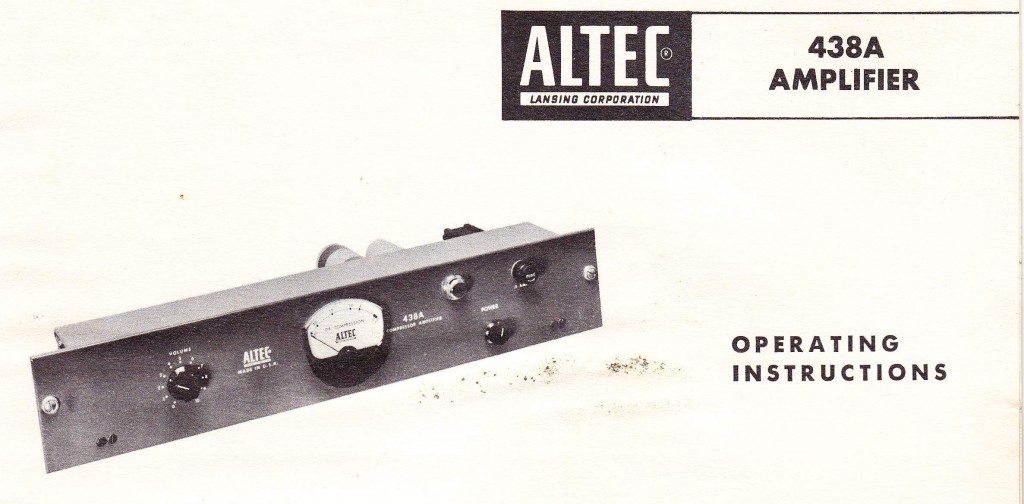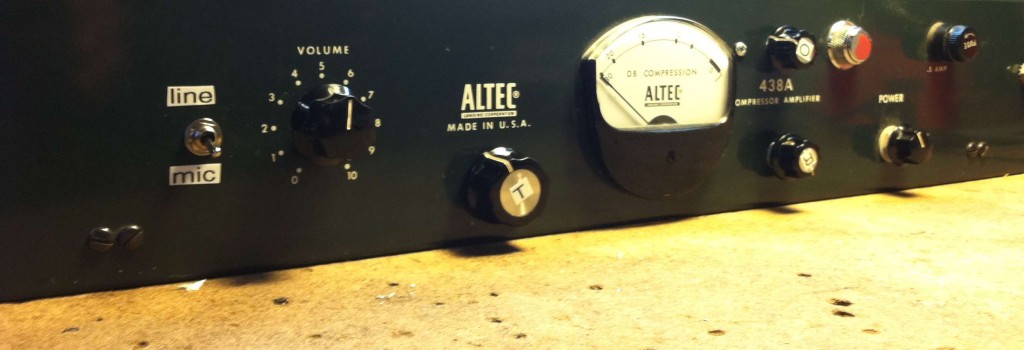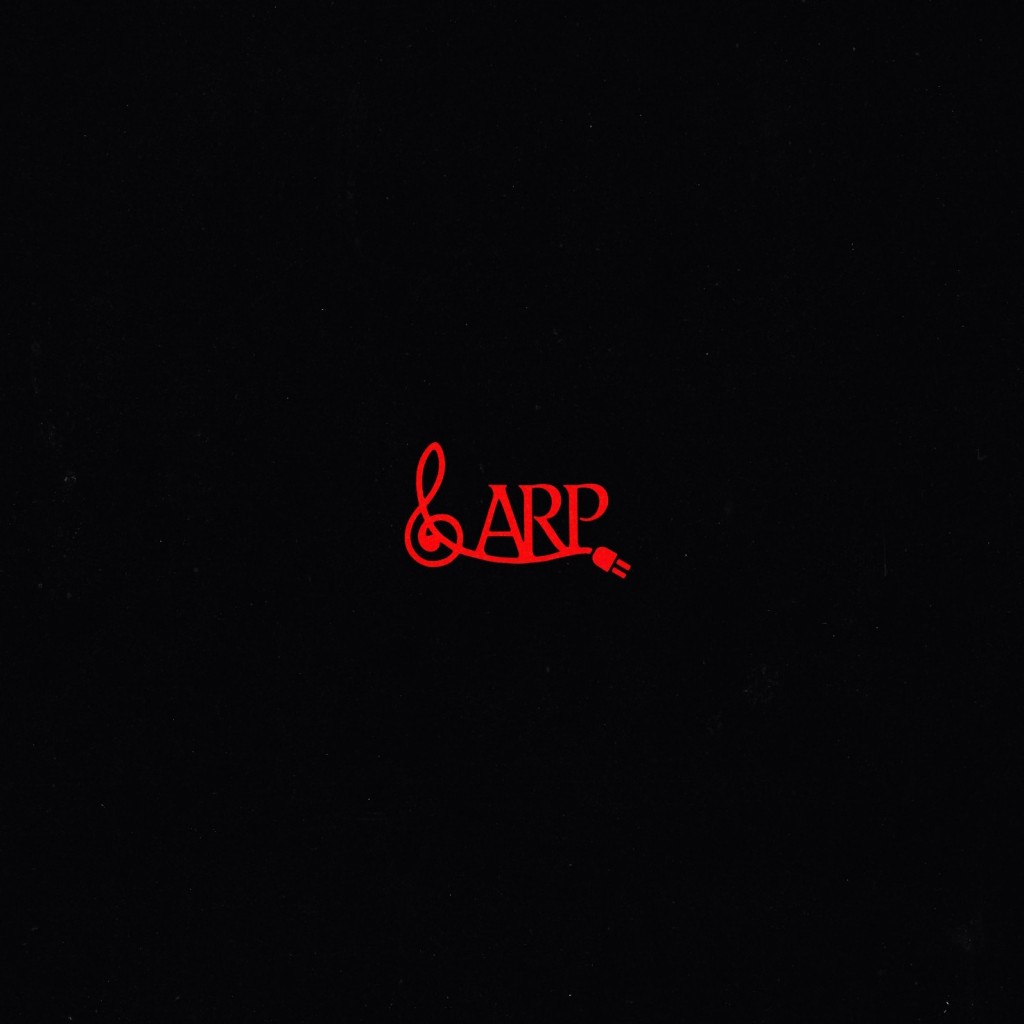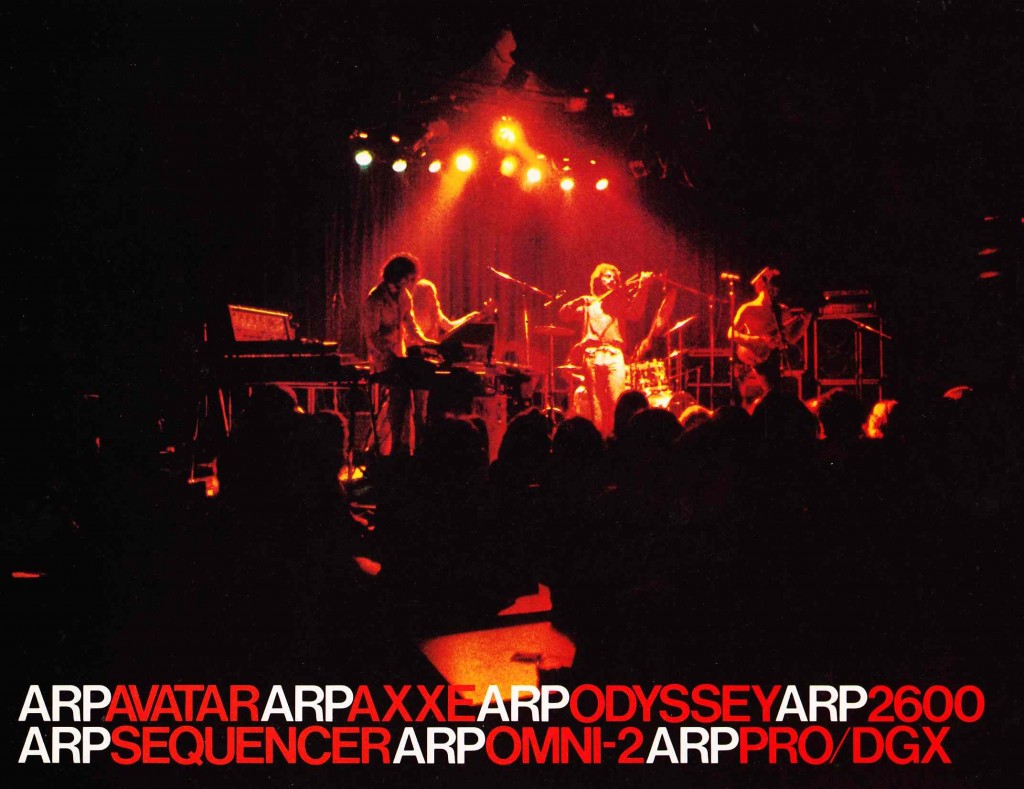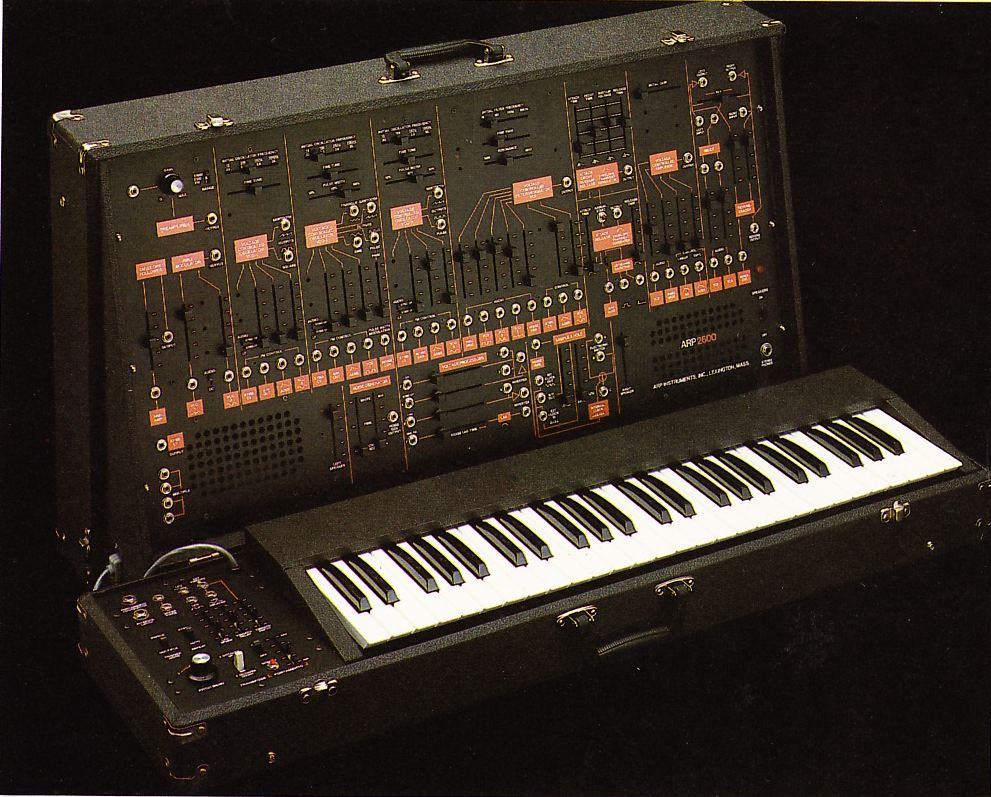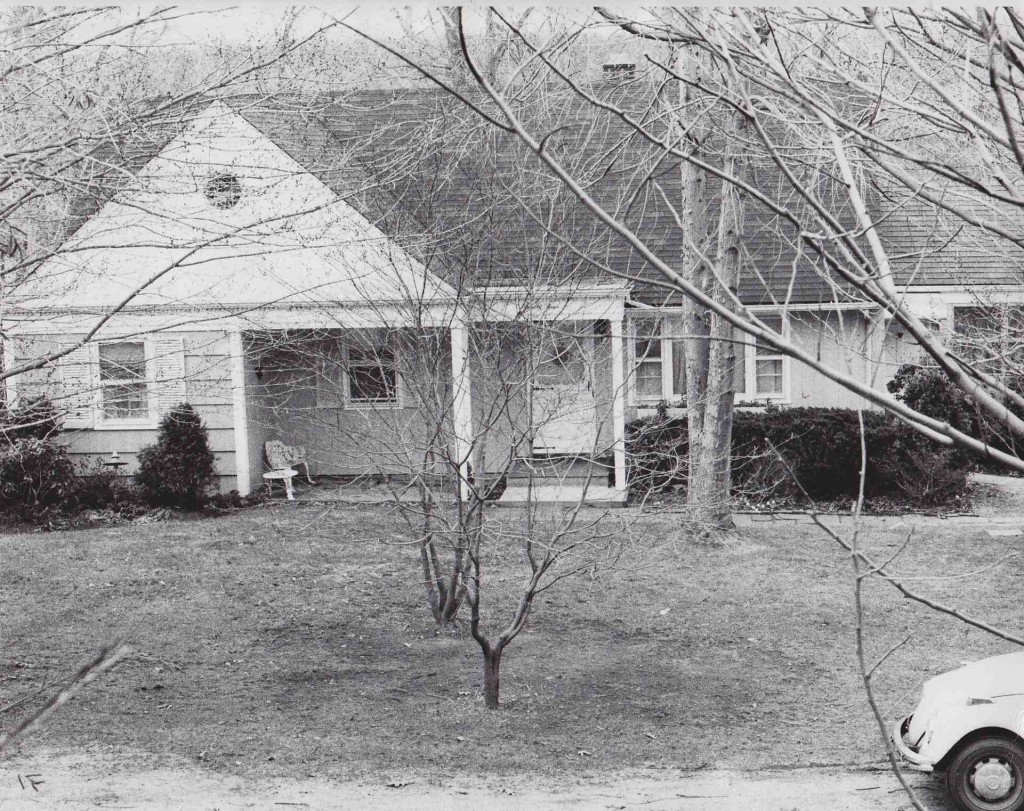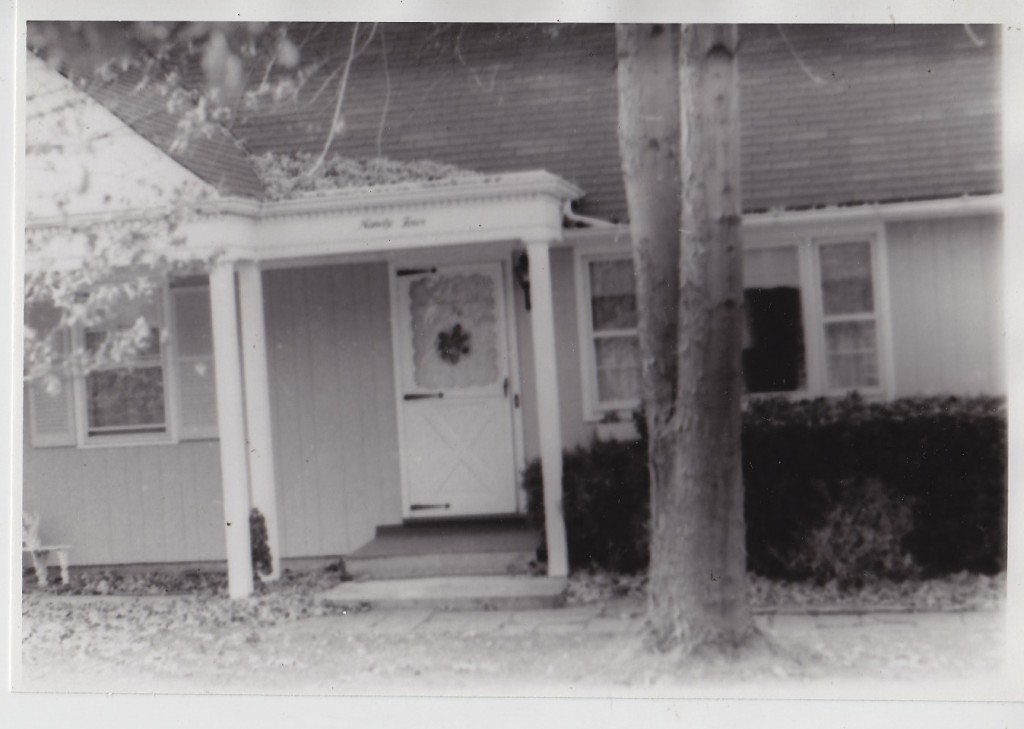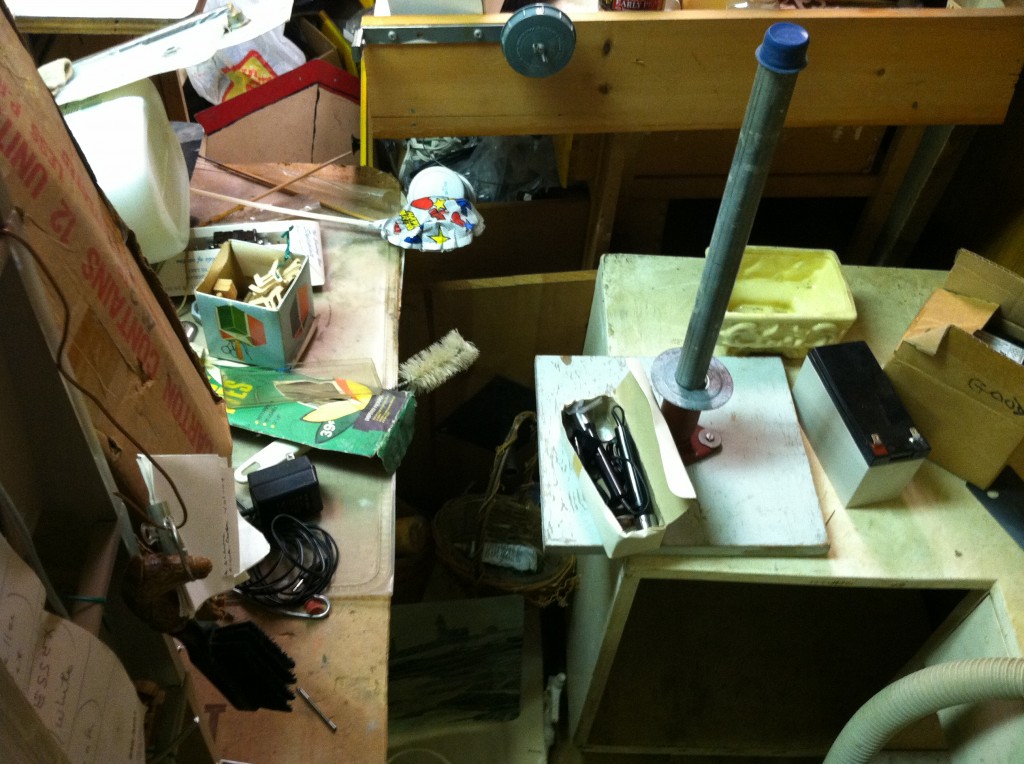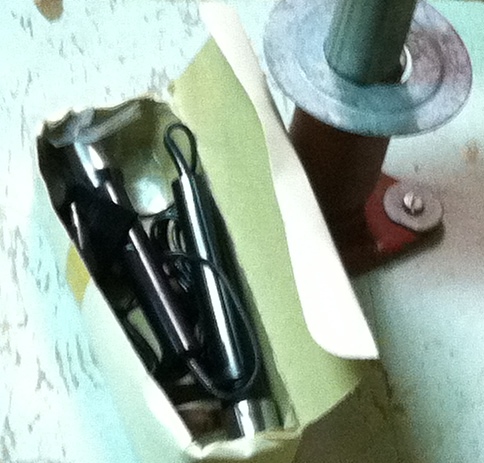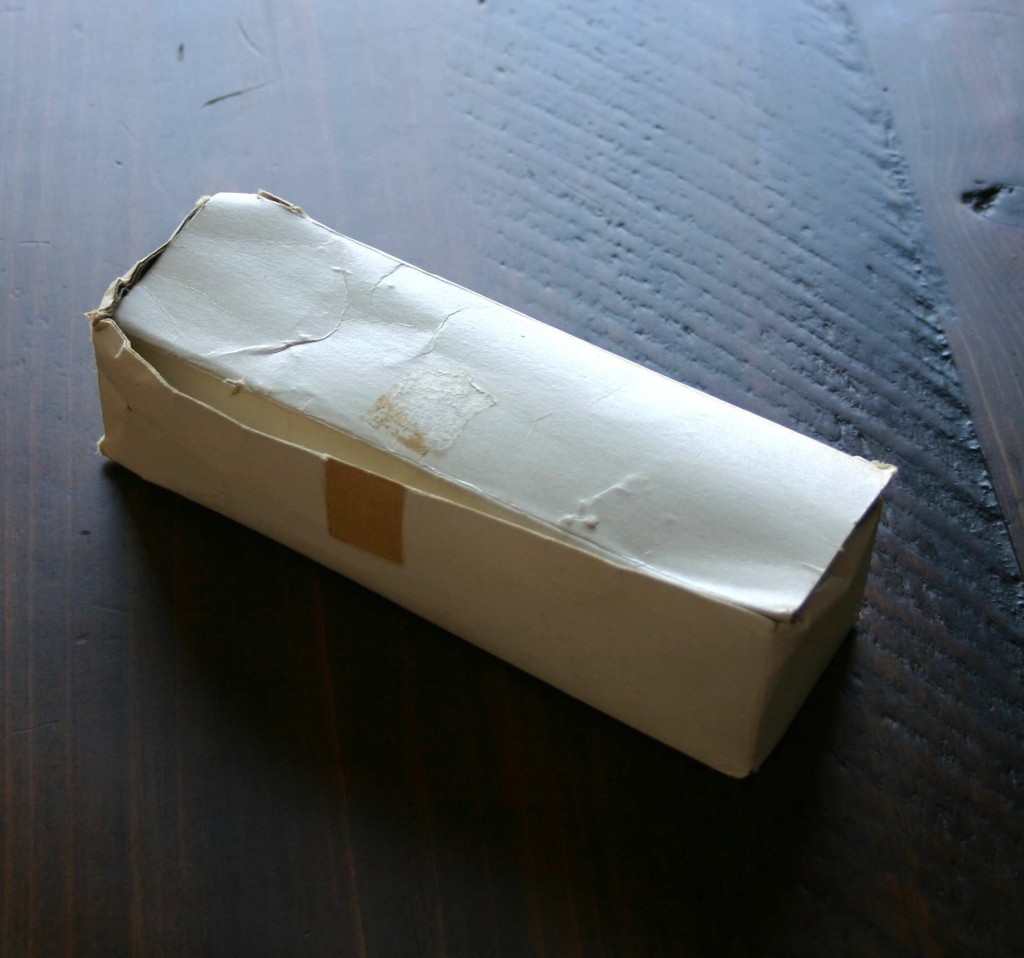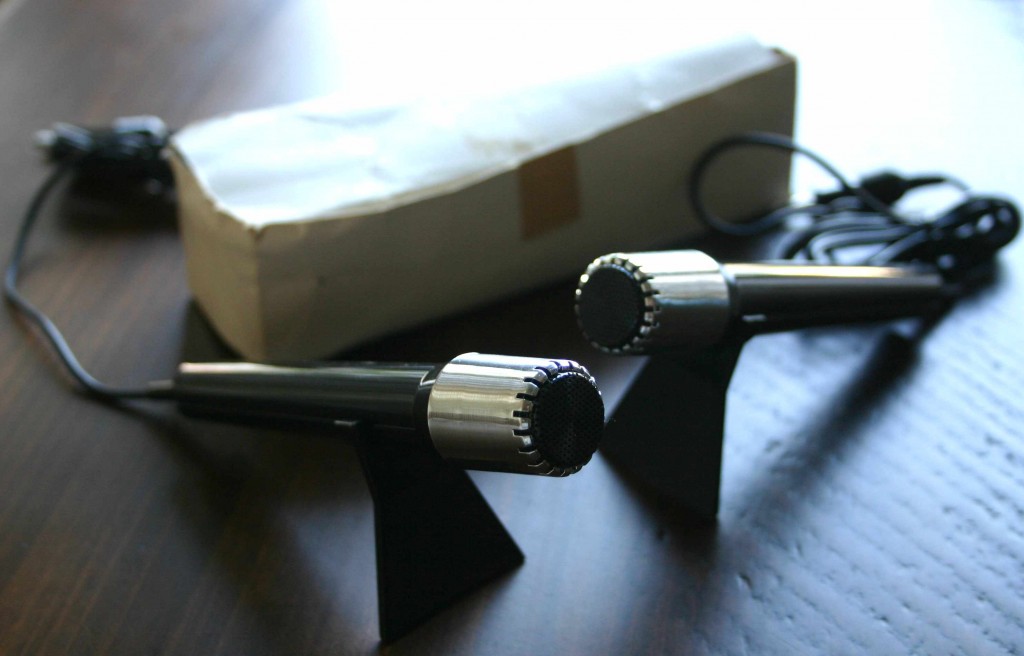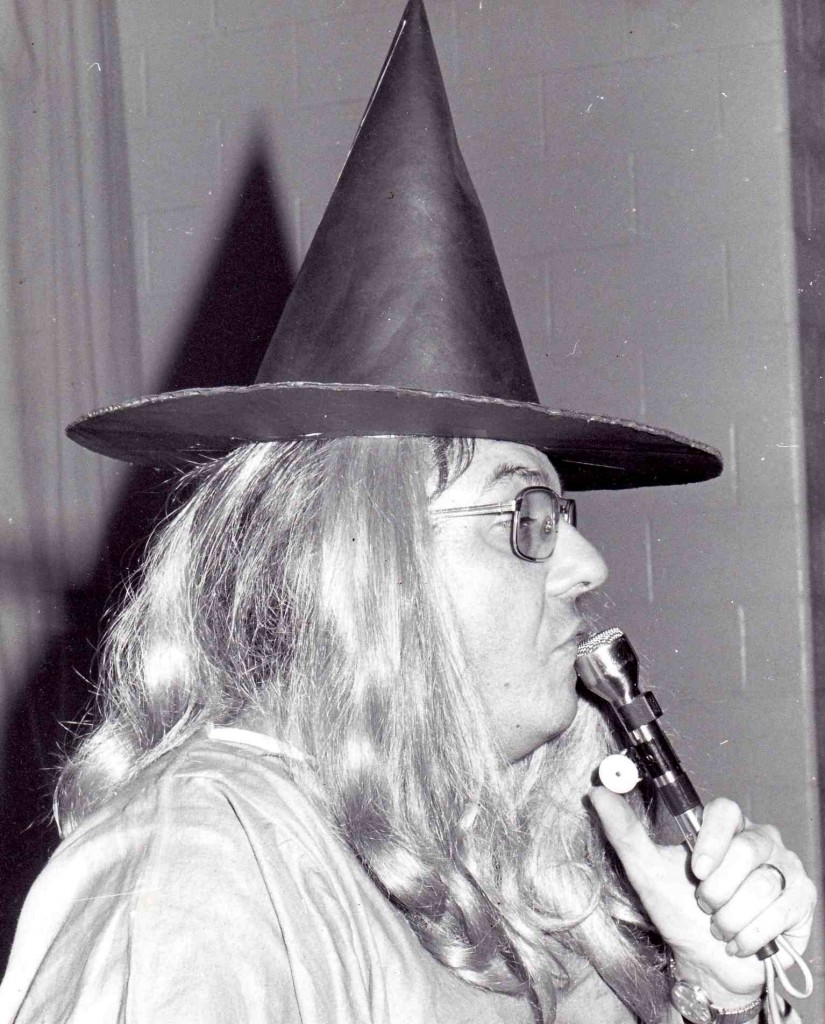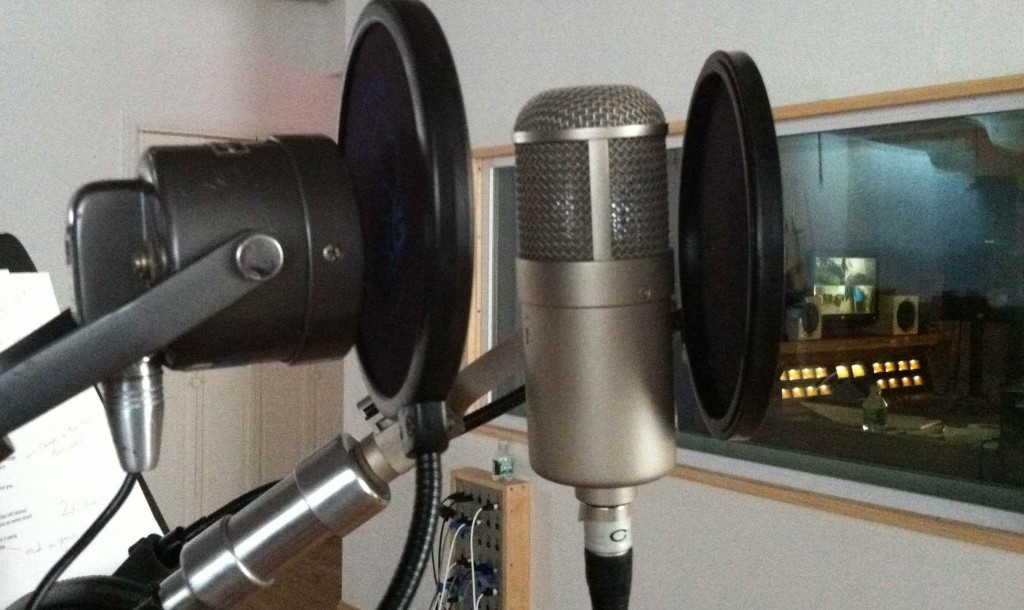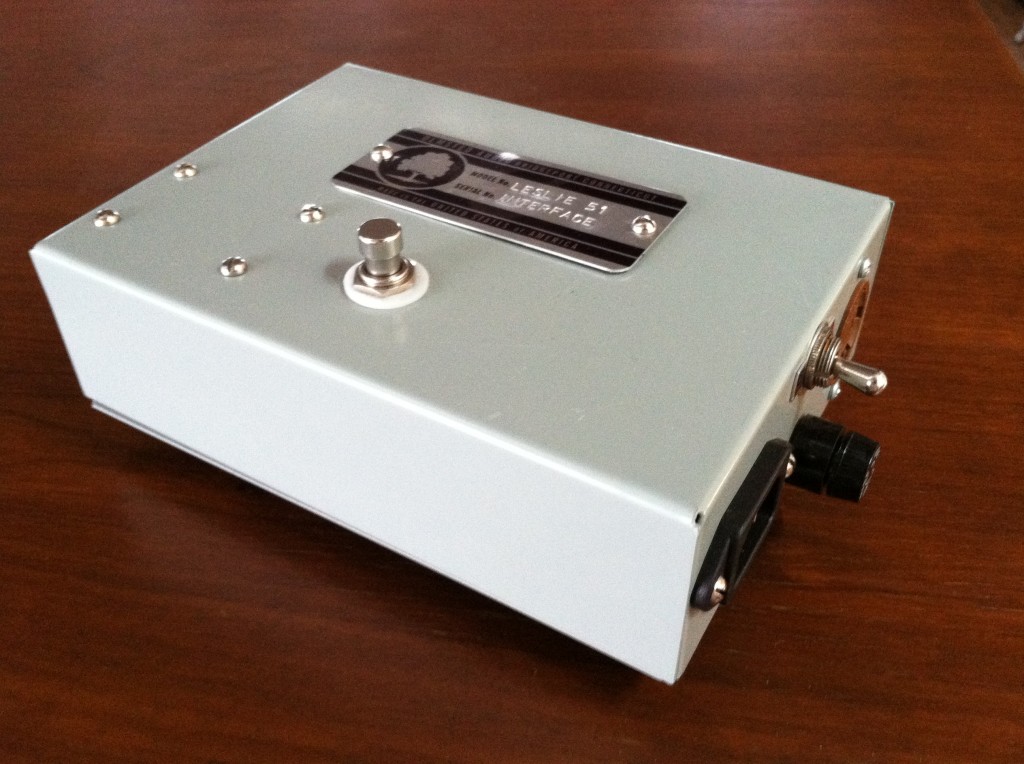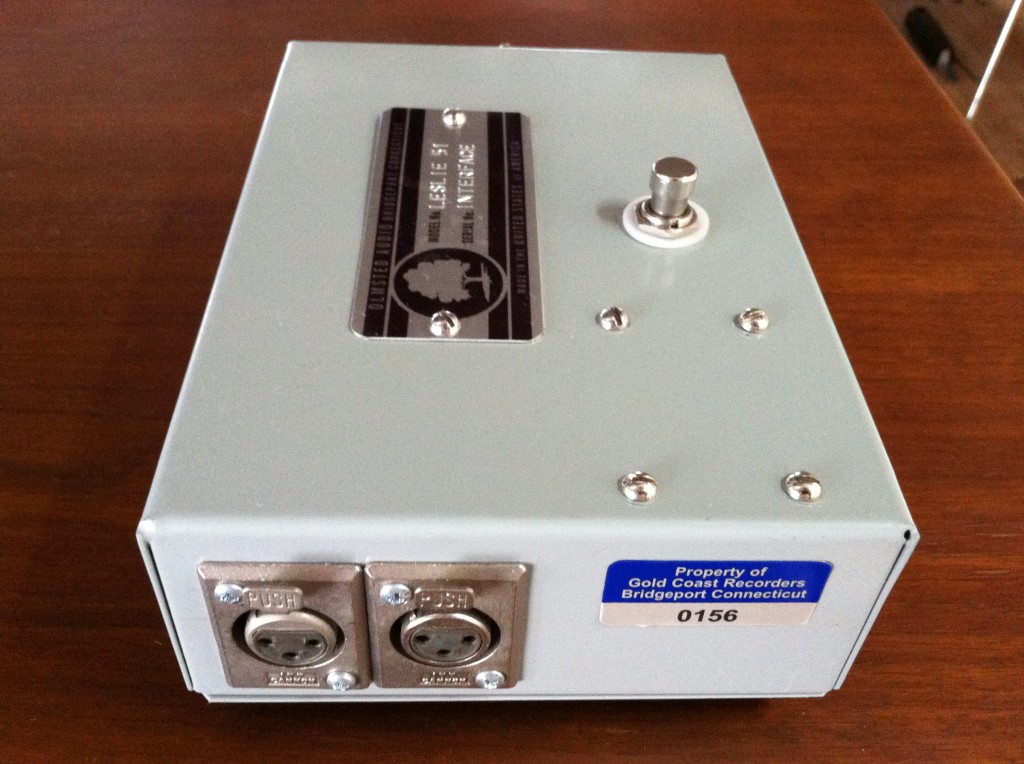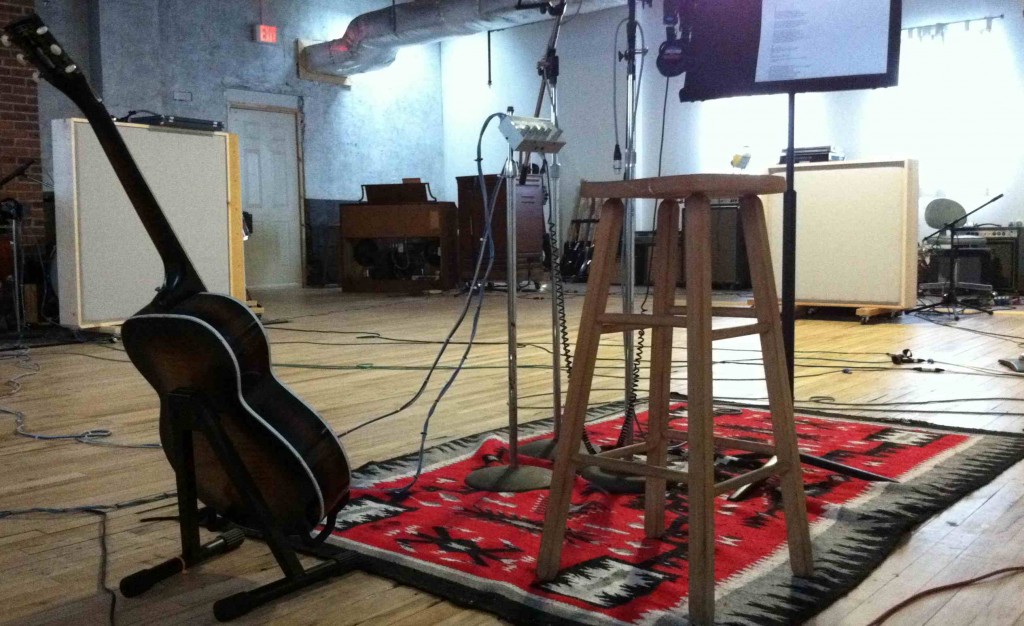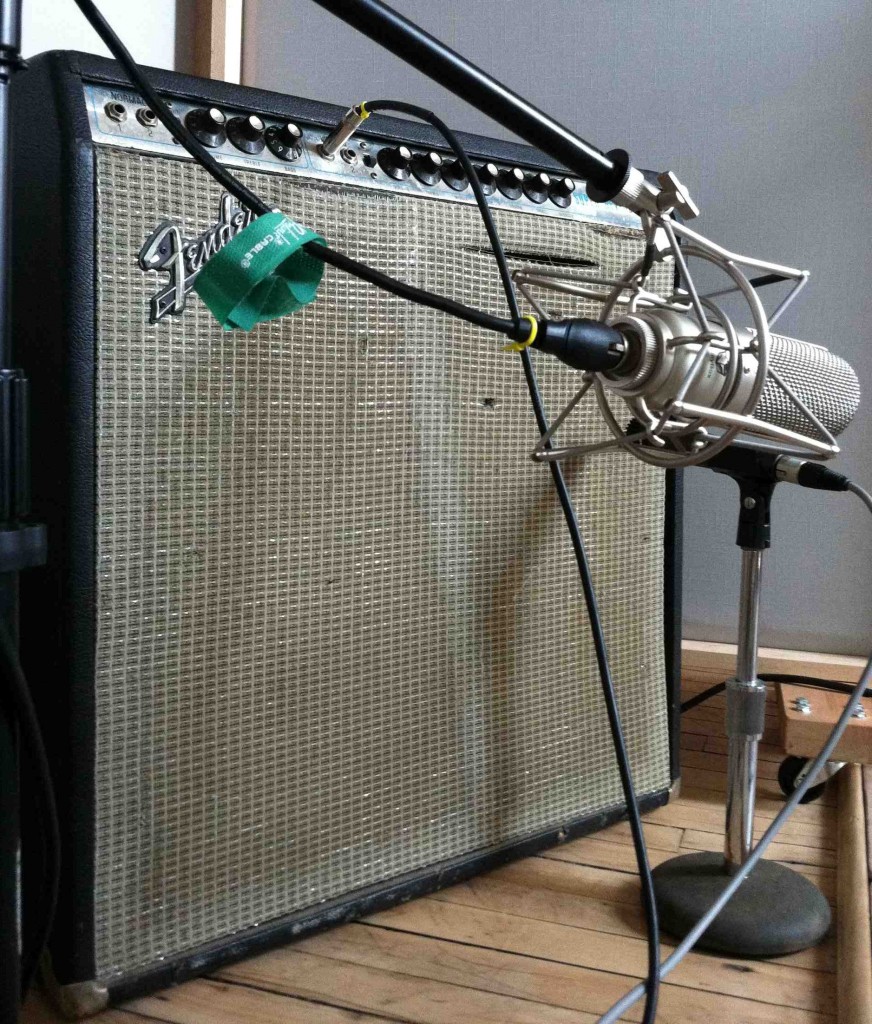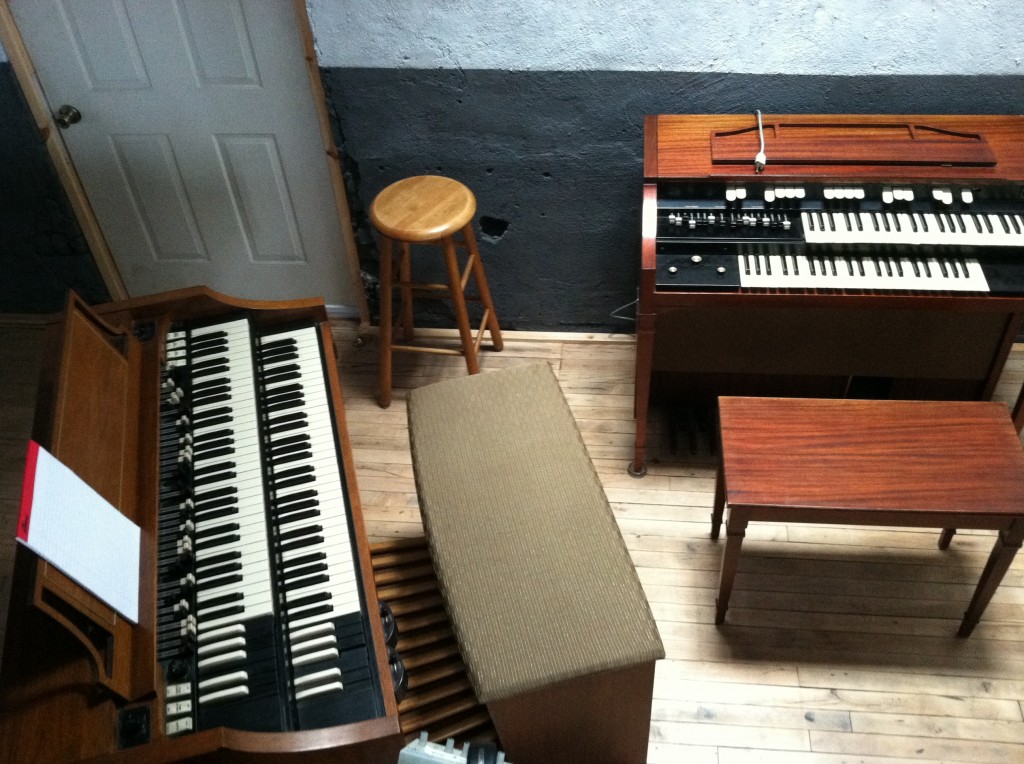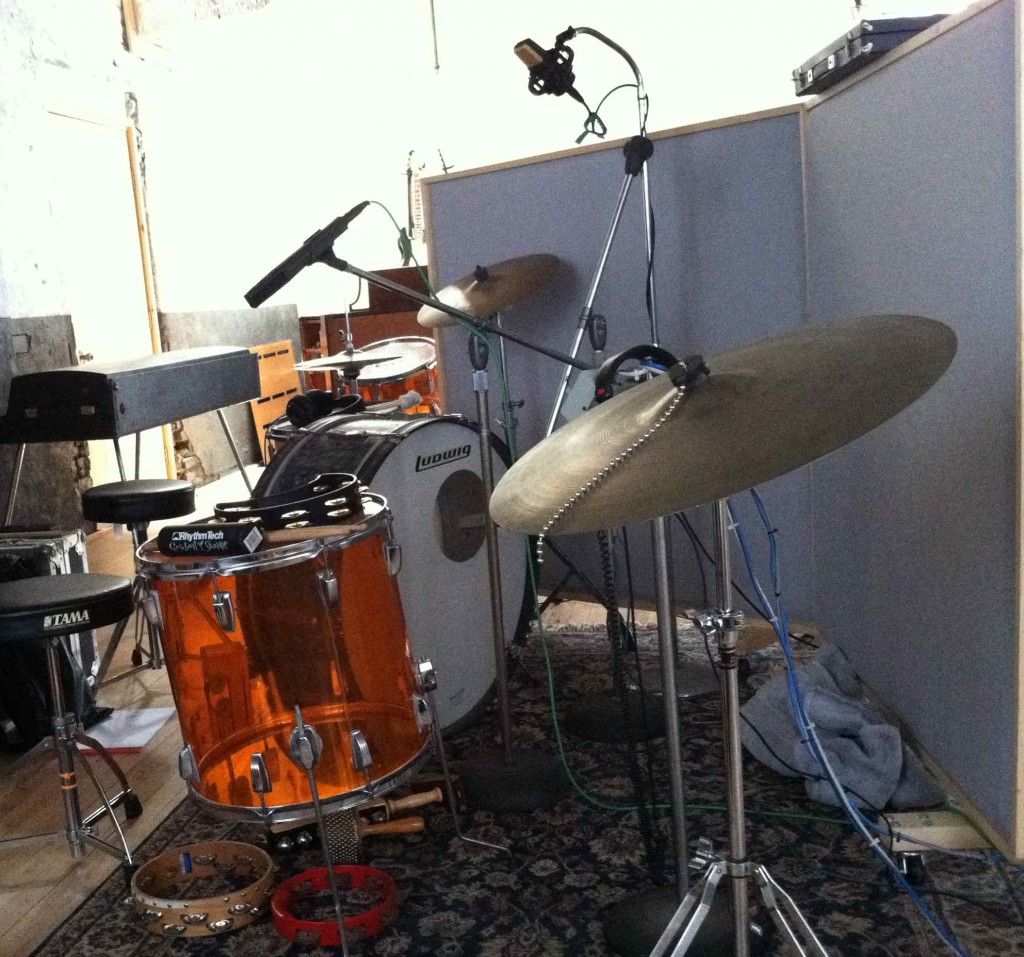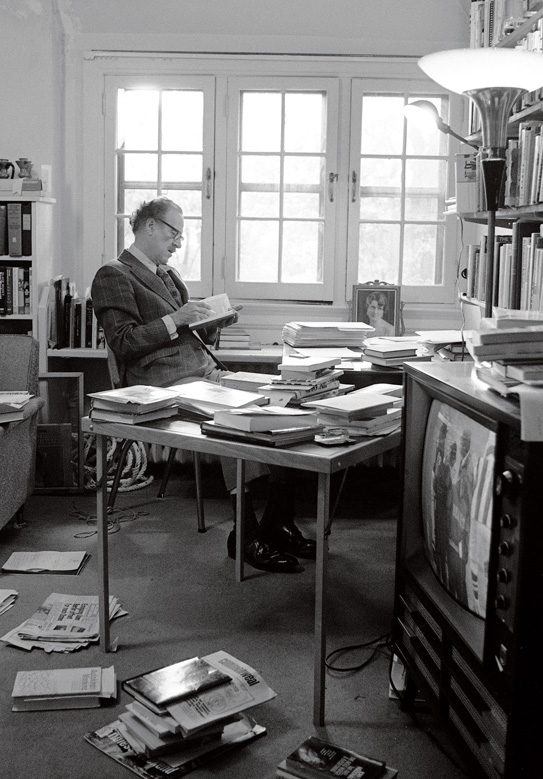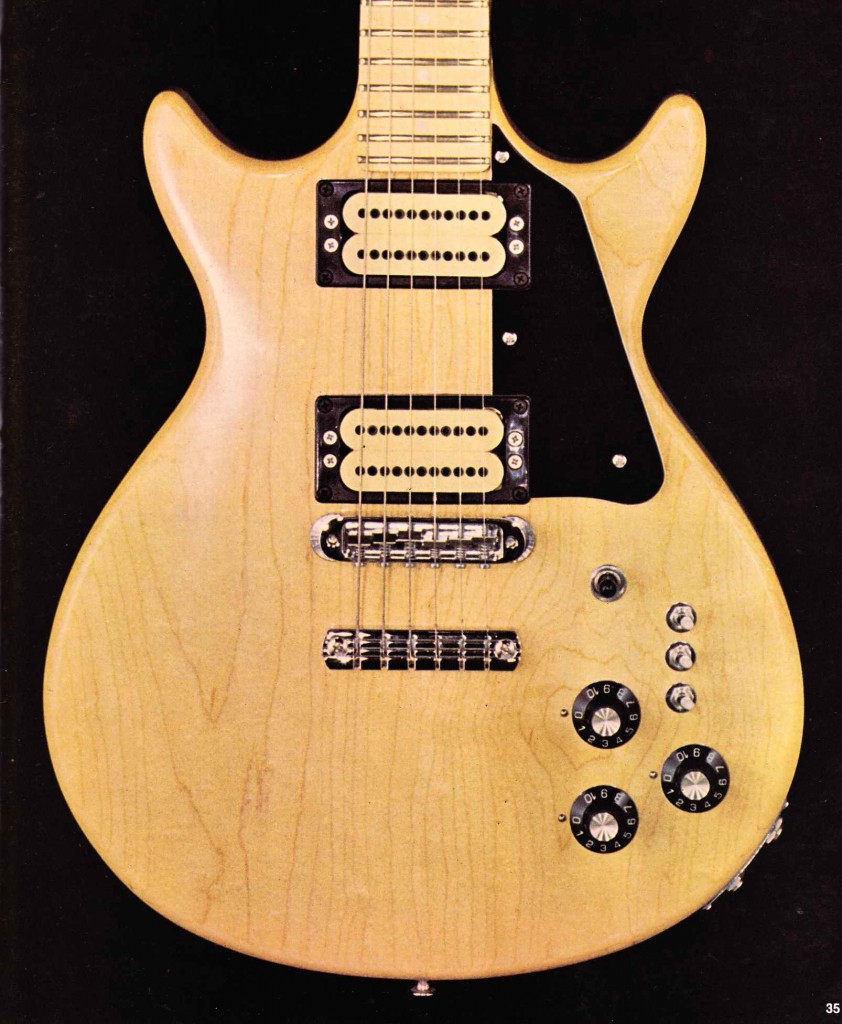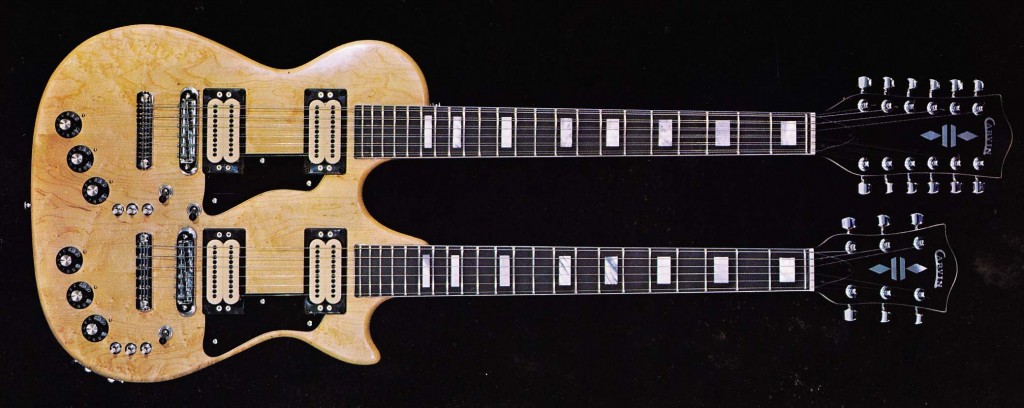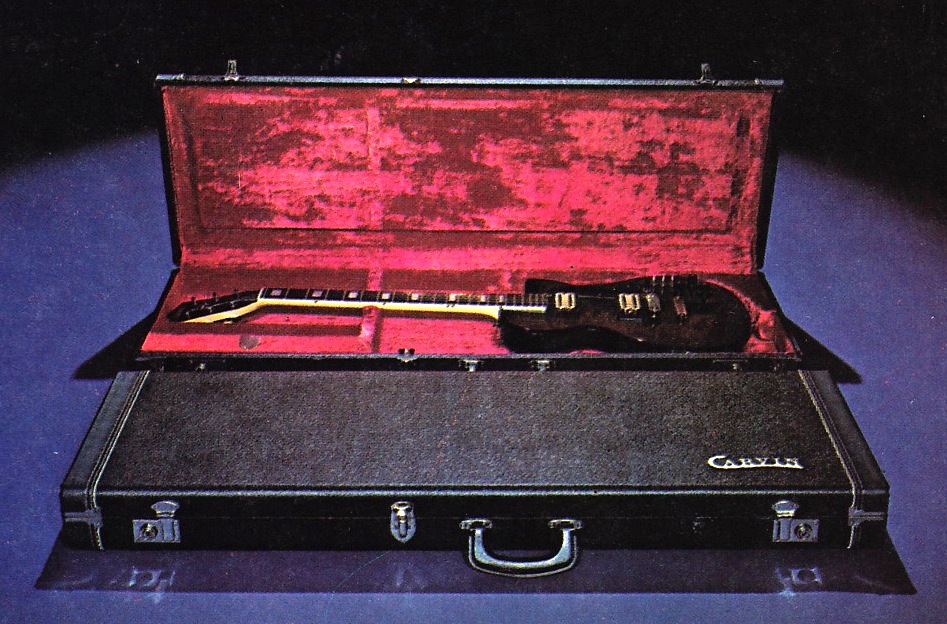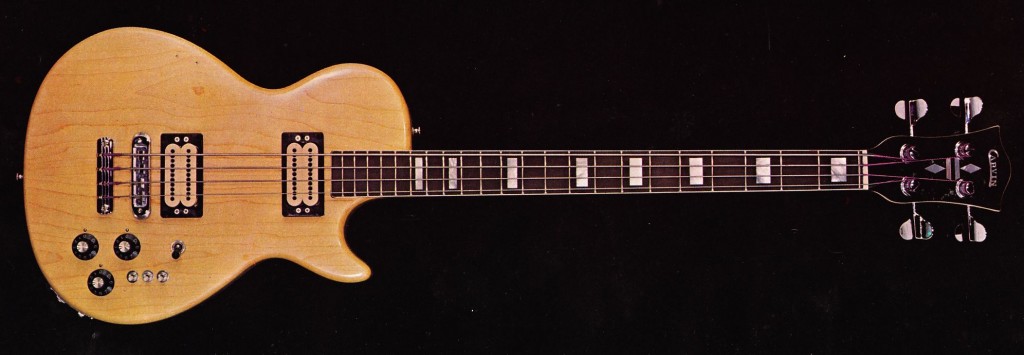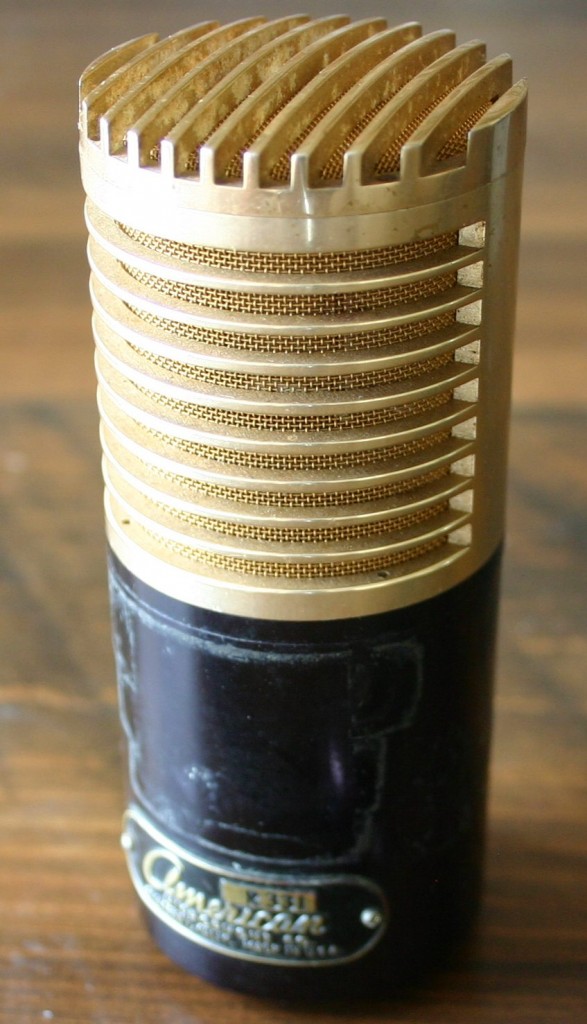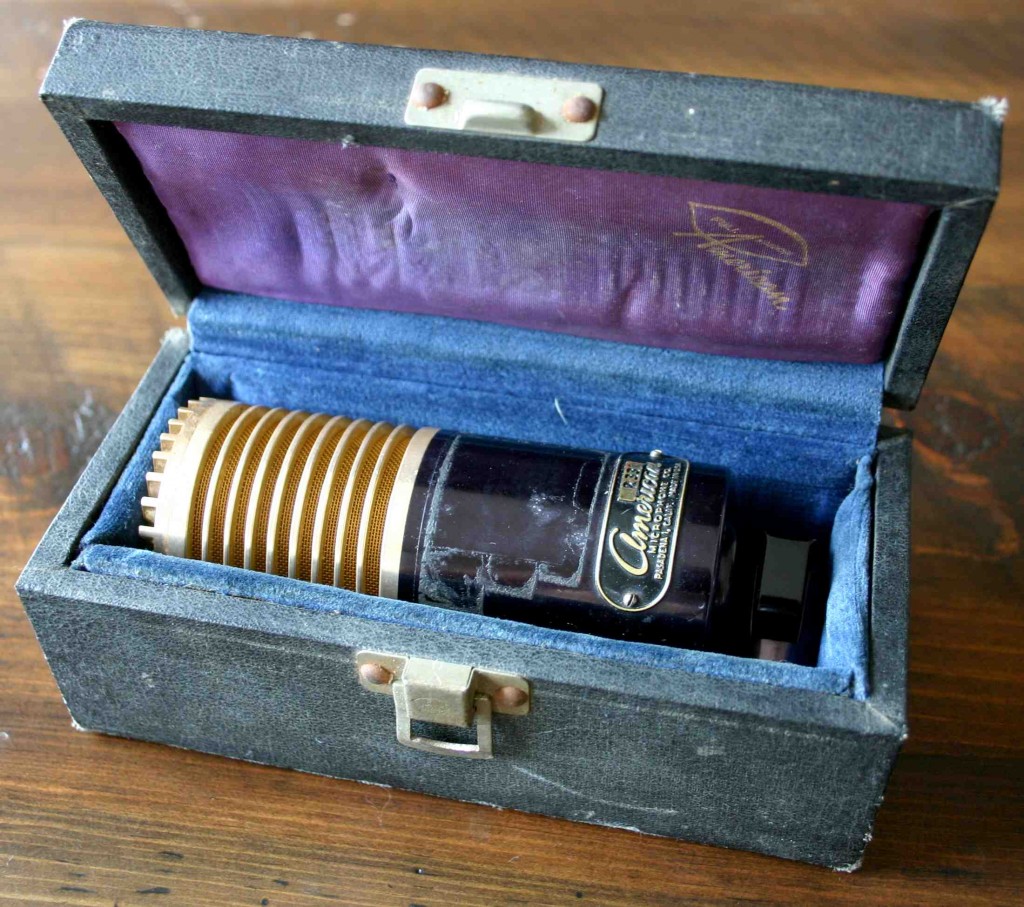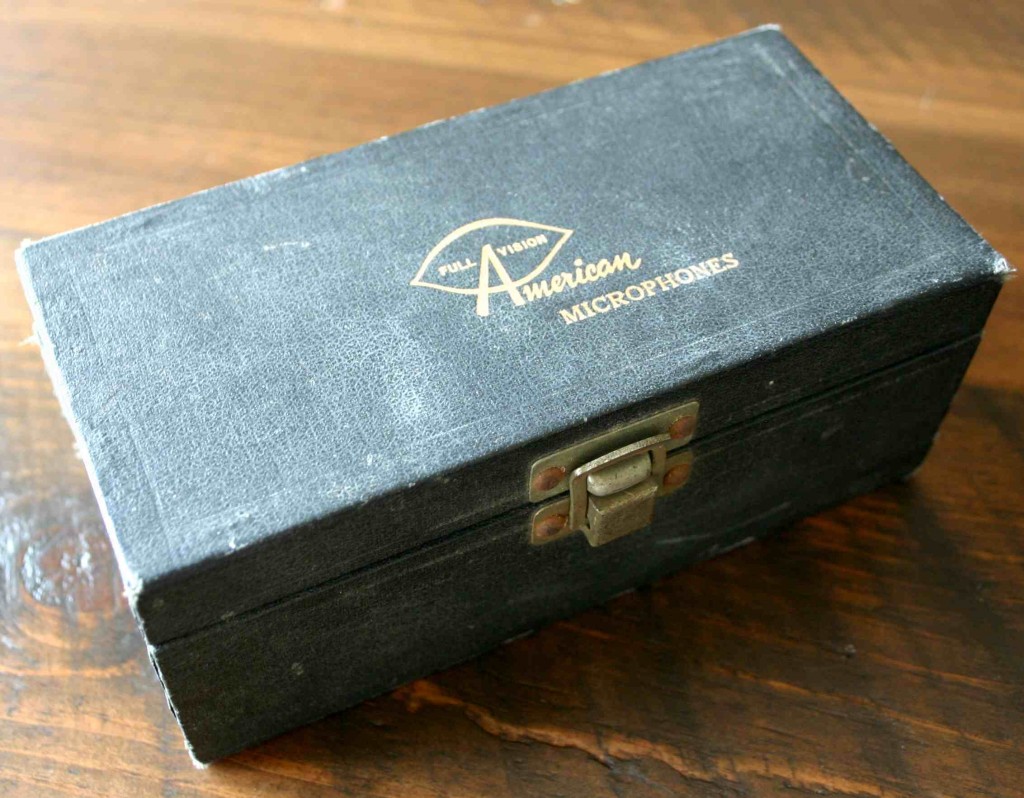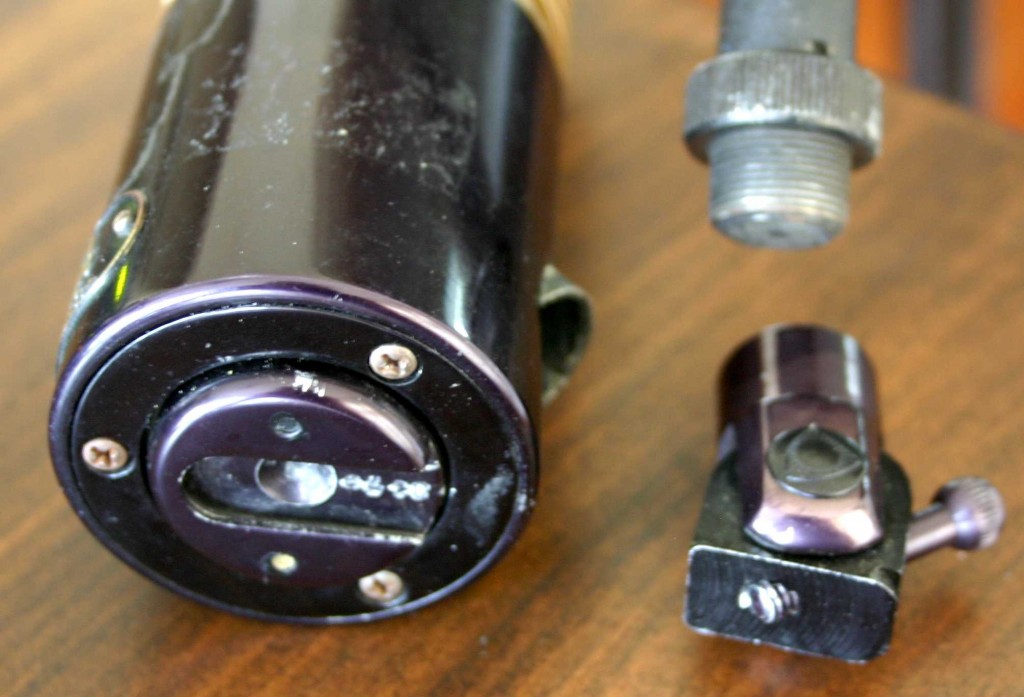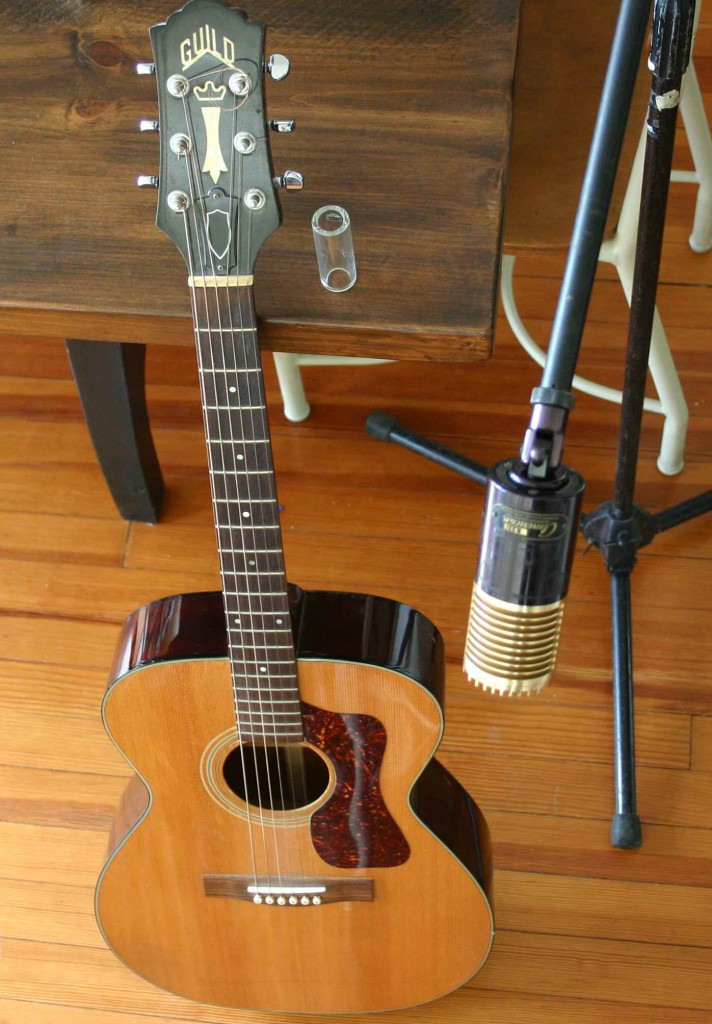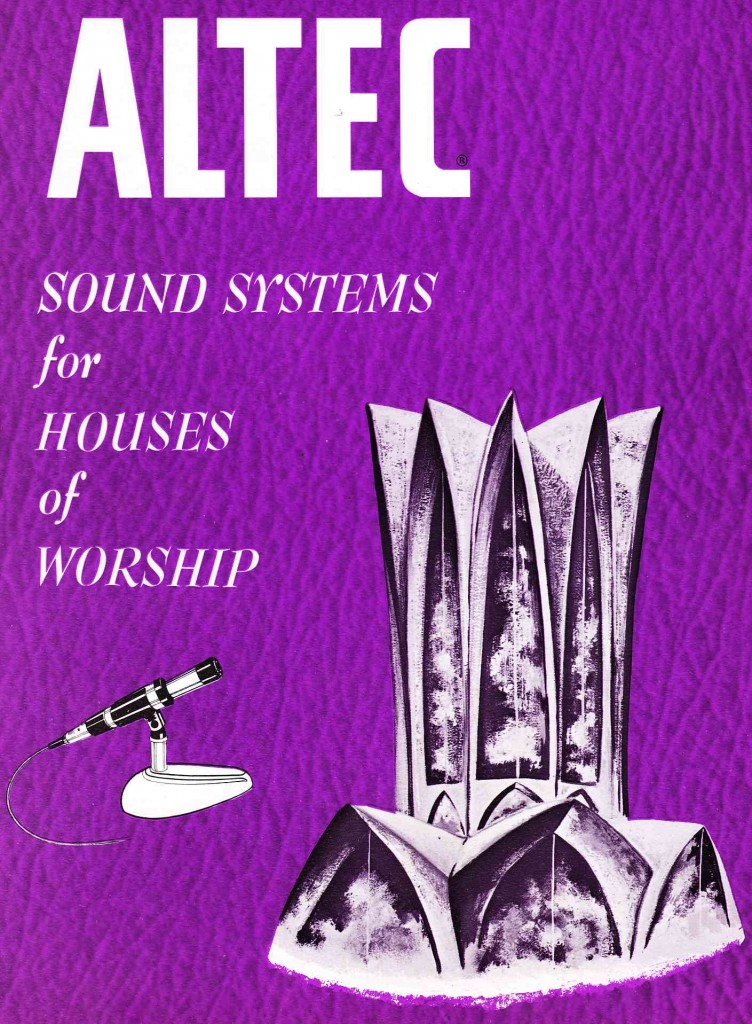 Download the eight-page 1966 brochure “Altec Sound Systems for Houses of Worship”:
Download the eight-page 1966 brochure “Altec Sound Systems for Houses of Worship”:
DOWNLOAD: Altec_Worship_1966
 The text above is taken from page 2 of this royal-purple-colored document. The logical inference would be “As You Are To God, Your PA System Can Be To You! (with ALTEC)”
The text above is taken from page 2 of this royal-purple-colored document. The logical inference would be “As You Are To God, Your PA System Can Be To You! (with ALTEC)”
Been thinking about the voice/sound of God lately. Our recent purchase of a massive Hammond Organ/Leslie speaker system at Gold Coast Recorders has led me to consider the features/tones/visual considerations that Hammond’s designers implemented when they designed these incredibly complex electro-acoustical devices. The large Hammond Organs of the 1950s were designed (and commercially successfully, I might add) to replace the pipe organs which had functioned as a sonic {analog/representation/index/or-what-have-you} for religious expression in the Christian church for hundreds of years. Notice that I say sonic representation, as opposed to musical representation. We experience the Hammond Organ/Leslie system as being impressive and one-could-say ‘godlike’ in it’s sonic attributes, even aside from any particular piece of music that’s performed on it. The unusually deep, pure bass tones of the footpedals; the cavernous Hammond spring reverb system; the swells of the footpedal; the visceral emotional response that the Leslie speaker creates by way of it’s manipulation of the Doppler effect.
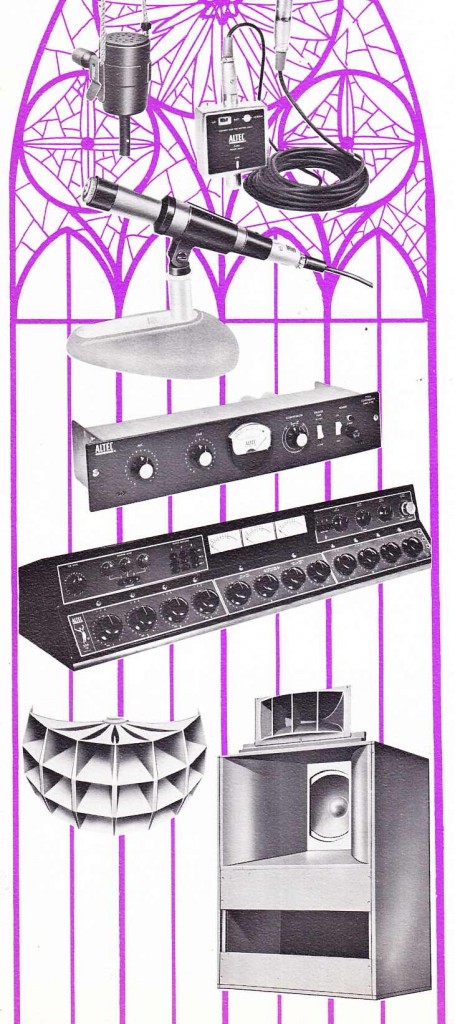 Sound systems in churches face certain special design requirements; this 1966 brochure from Altec addresses some of these concerns. Low distortion, extremely high speech intelligibility, uniform coverage, and minimal visual presence; and all of this must be accomplished at a moderate overall acoustical volume. Combine these sonic requirements with the fact that the sound system will often be operated by church members, ie., volunteers, ie., not-professional engineers, and you will find that operational simplicity is also necessary.
Sound systems in churches face certain special design requirements; this 1966 brochure from Altec addresses some of these concerns. Low distortion, extremely high speech intelligibility, uniform coverage, and minimal visual presence; and all of this must be accomplished at a moderate overall acoustical volume. Combine these sonic requirements with the fact that the sound system will often be operated by church members, ie., volunteers, ie., not-professional engineers, and you will find that operational simplicity is also necessary.
Given the large number of old Altec mixers on eBay with a stated provenance of ‘from an old church,’ I feel like Altec was probably pretty successful in their church-marketing initiatives of the 1960s. From what I can gather, Peavey seems to be a leader in church audio today. It’s interesting to examine the various products in their Sanctuary Series and note the differences between these and their standard nightclub PA line.
To my readers out there: do any of you operate sound systems in churches? Are there any special techniques in mic’ing, mixing, or processing of audio in the church environment? Does anyone attend a church that is still using old green Altec PA kit of the 60’s?
